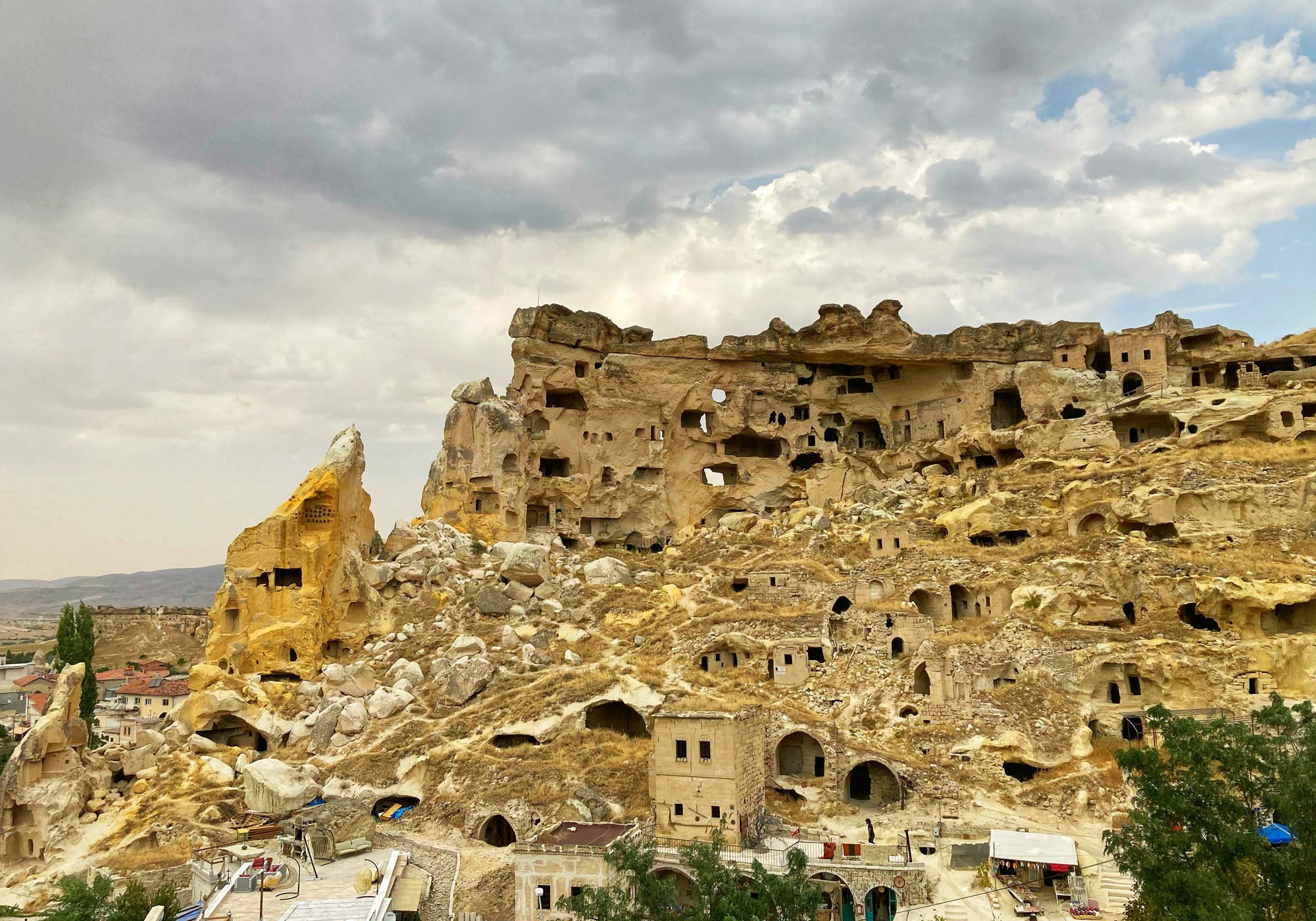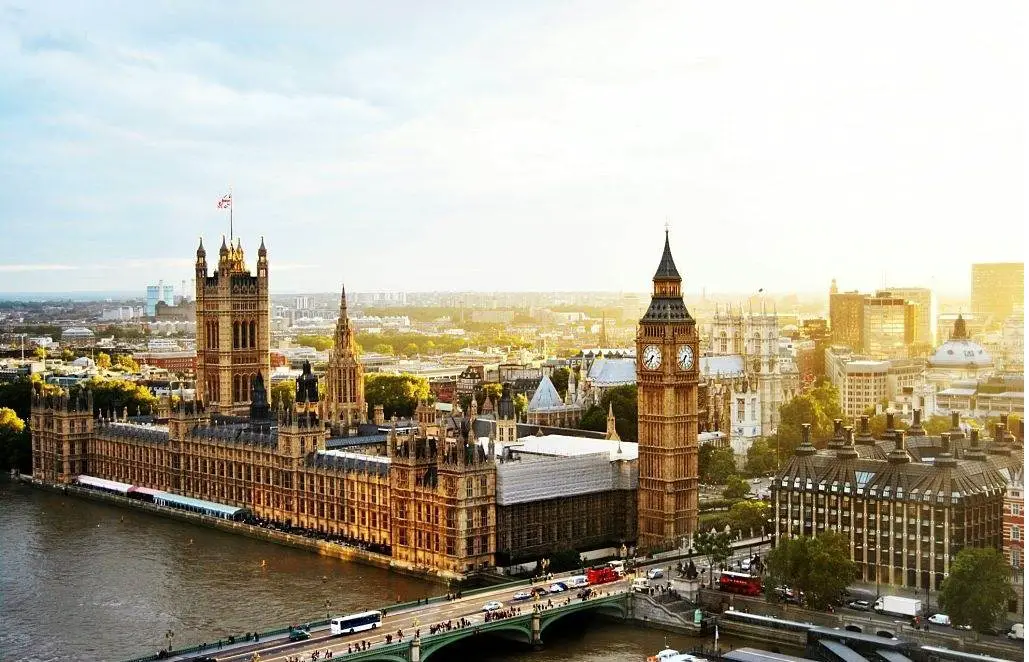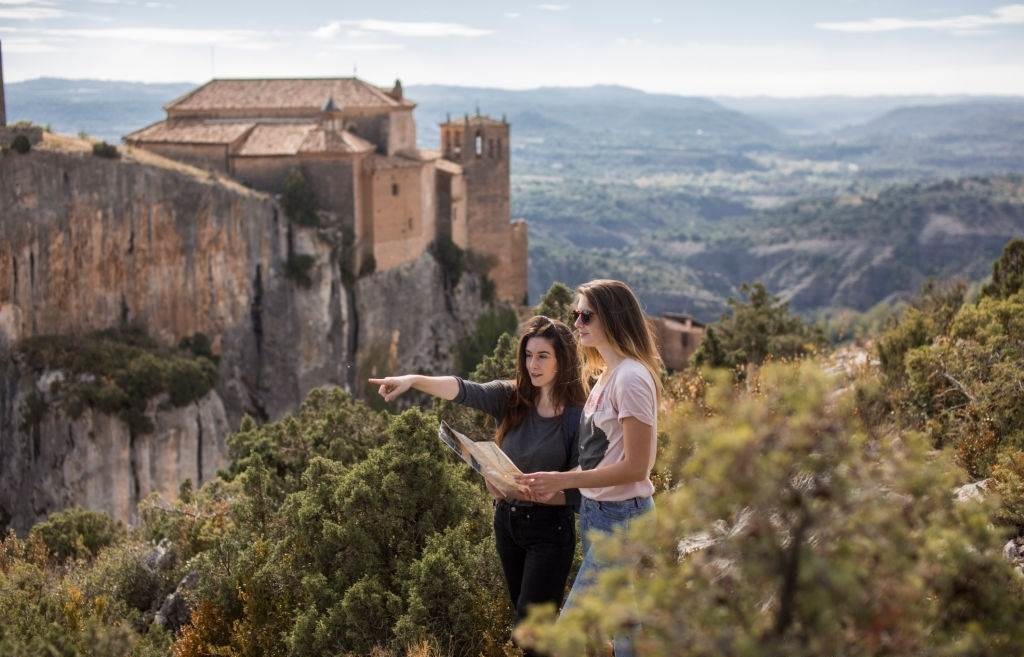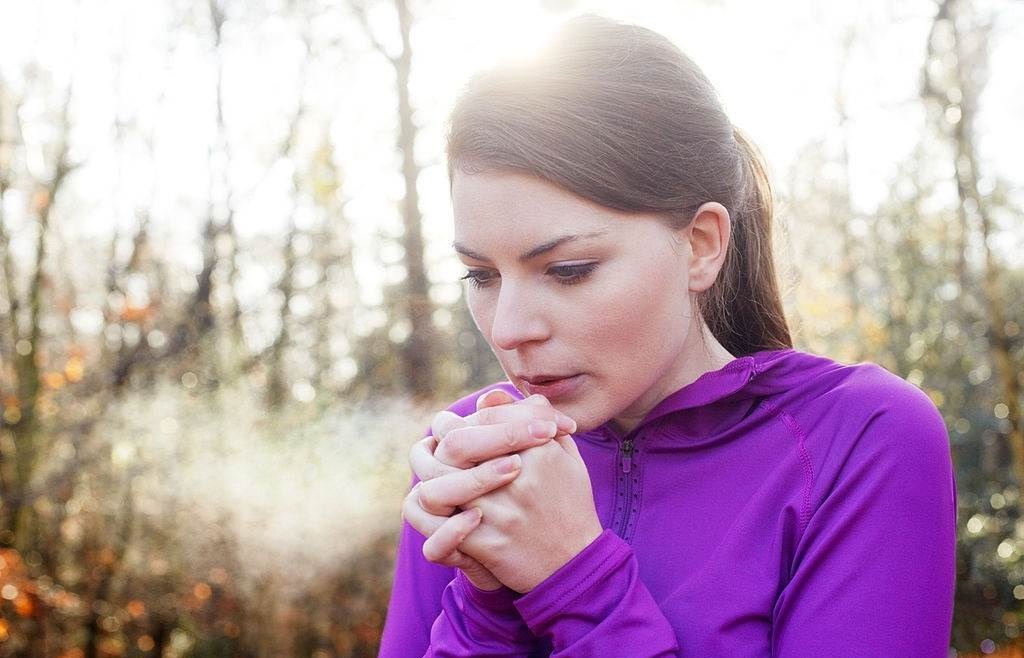Cavusin Village (Çavuşin) sits on the road between Göreme and Avanos in Turkey’s Cappadocia, an area famed for its honeycombed tuff cliffs, fairy chimneys, and rock‑cut sanctuaries. Although often overshadowed by its famous neighbor Göreme, Cavusin Village rewards visitors with an evocative abandoned rock settlement, two historically significant cave churches, and trailheads that lead directly into the Red and Rose Valleys.
Its vantage points also make it one of the best places to watch Cappadocia’s sunrise hot‑air balloons drift over a pink‑and‑gold landscape. The broader region forms part of the Göreme Open Air Museum and the Rock Sites of Cappadocia UNESCO World Heritage listing, recognized for its density of rock‑hewn churches, monastic cells, and troglodyte settlements.
A Quick Sense Of Place In Cavusin Village
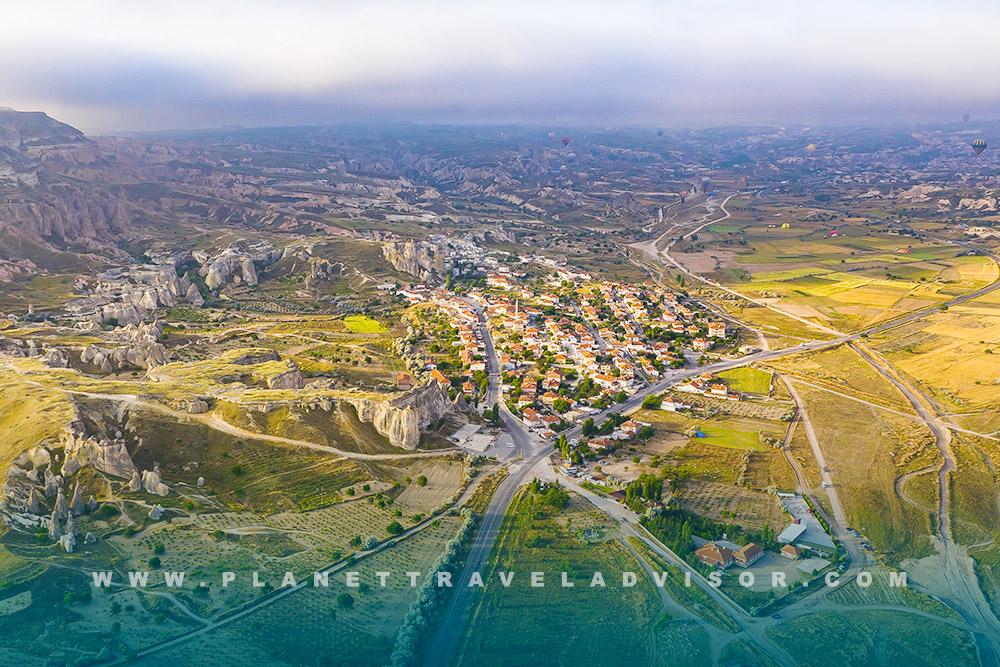
Cavusin Village lies roughly 3–5 km north of Göreme and about 11 km south of Avanos, making it easy to slot into a Cappadocia base in either town. In practice, the journey is a short taxi ride or an easy stop on a day tour tracing the Göreme–Avanos road.
Two airports serve the area: Nevşehir Kapadokya (NAV), about 38–40 km from Göreme, and Kayseri Erkilet (ASR), about 70–75 km away. Transfers typically take around 35–45 minutes from NAV and roughly 60–80 minutes from ASR, depending on route and traffic. Shuttle services and taxis link both airports to Göreme and, by extension, Cavusin Village.
A Layered History In The Tuff Around Cavusin Village
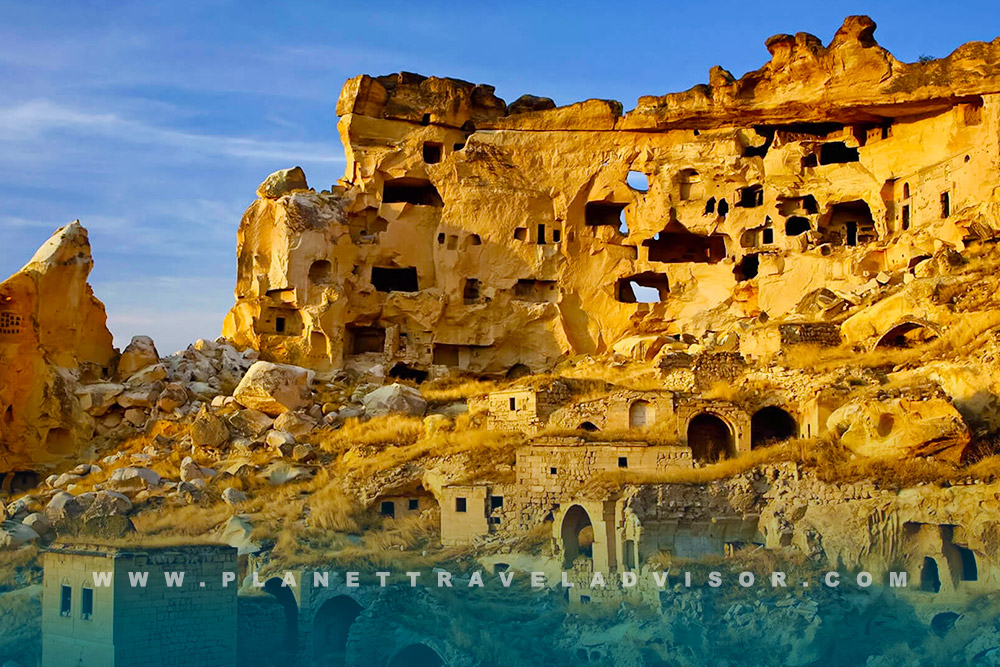
Cappadocia’s soft volcanic tuff invited early Christian hermits and communities to carve chapels, refectories, and cells from the rock. Cavusin Village’s older settlement grew directly into, and on top of, a prominent ridge, which you can still see today as a striking rock mass punctuated with doorways, stairways, and chambers. This extraordinary concentration of rock‑hewn dwellings and sanctuaries across the Göreme–Cappadocia landscape is globally significant.
The modern settlement you see along the main road dates from a government rehousing effort in the mid‑20th century, after decades of erosion and rockfalls raised safety concerns about the houses in the old rock quarter. The “ghost” village remains an evocative reminder of a centuries‑long rock‑cut way of life.
Cavusin Village also reflects a demographic turn common to many central Anatolian towns in the early 20th century: a mixed Ottoman‑era population with a sizable Orthodox Christian community until the compulsory 1923 population exchange between Greece and Turkey reshaped settlement patterns throughout the region.
The Churches You Should Not Miss In Cavusin Village
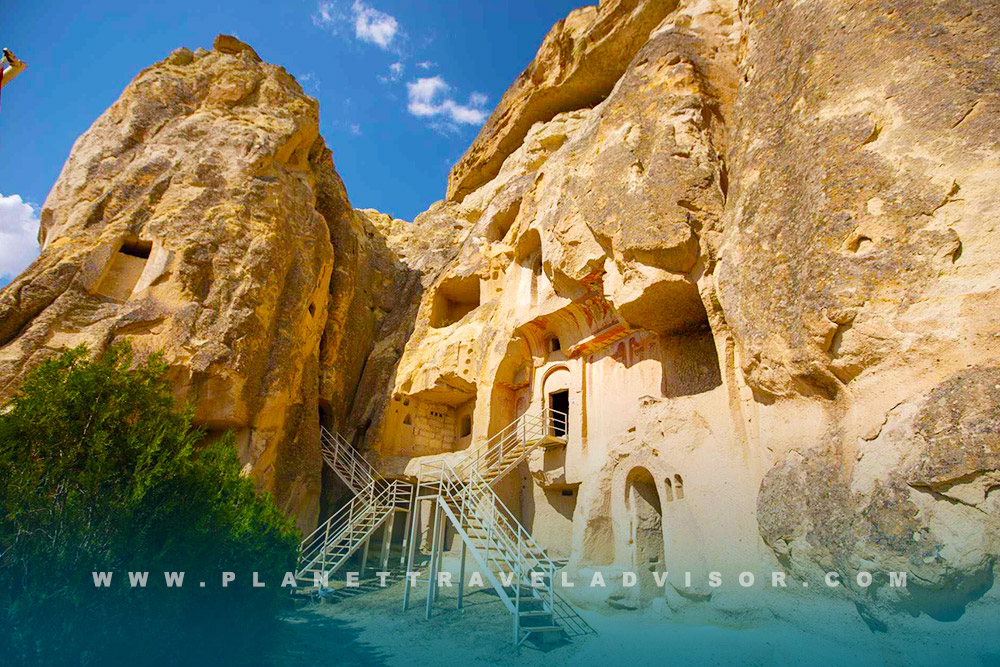
The Church Of St. John The Baptist (Vaftizci Yahya Kilisesi)
High on Cavusin’s rock ridge stands one of Cappadocia’s most historically important cave basilicas: the Church of St. John the Baptist. Dating to the early 500s, it is widely cited as among the oldest and largest cave churches in the region. Its scale and basilical layout speak to the prestige of the community that carved it, even though smoke blackening and erosion have dimmed many of its wall paintings. The approach, through rock‑hewn lanes and chambers, gives a vivid sense of early Christian Cappadocia.
The Çavuşin (Nicephorus Phocas) Church
Just off the main Göreme–Avanos road stands another highlight: the “Çavuşin Church,” dedicated to the Byzantine emperor Nikephoros (Nicephorus) II Phokas. The church dates to 964/965, after the emperor visited Cappadocia; the interior once carried donor portraits of Nikephoros Phokas, Empress Theophano, and members of the imperial family. Even with narthex collapse and modern access stairs, the interior plan, with barrel vaulting and three apses, remains legible and striking.
Cavusin Village Rock Settlement And “Castle”
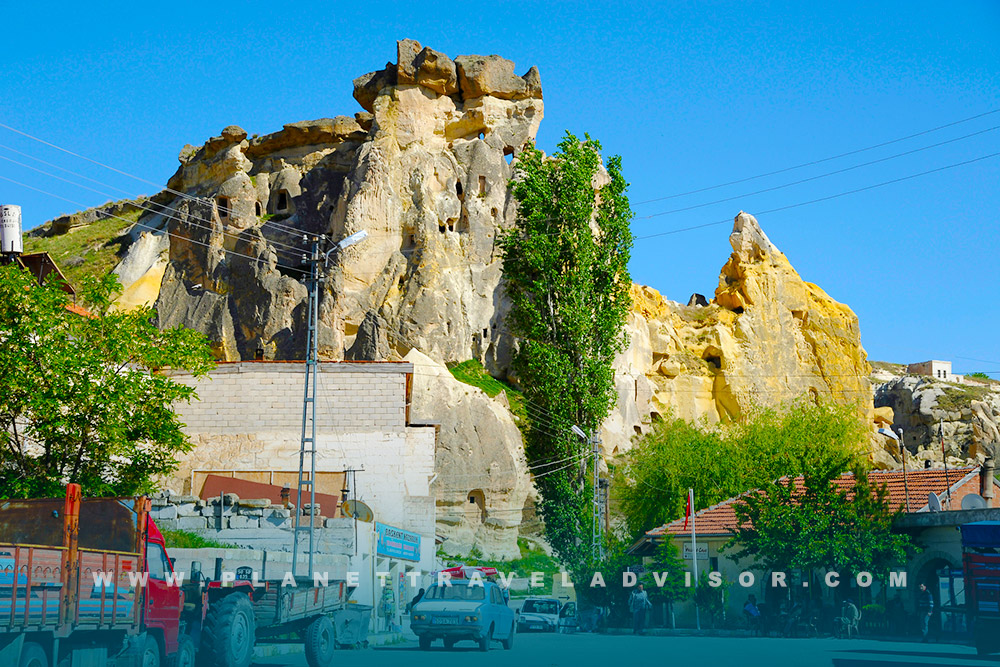
When travelers refer to “Cavusin Castle,” they usually mean the fortified crown of the old rock village, a natural citadel whose honeycombed face you can explore via paths and steps cut into the tuff
From the top, you’ll understand why communities chose this ridge: views sweep over the Red and Rose Valleys, with Göreme’s spires and Uçhisar’s citadel in the distance. Be cautious on narrow paths and edges; erosion is ongoing, and occasional sections may be roped off. The castle, church, and valley make an ideal compact half‑day.
How To Get There, And Where To Base Near Cavusin Village
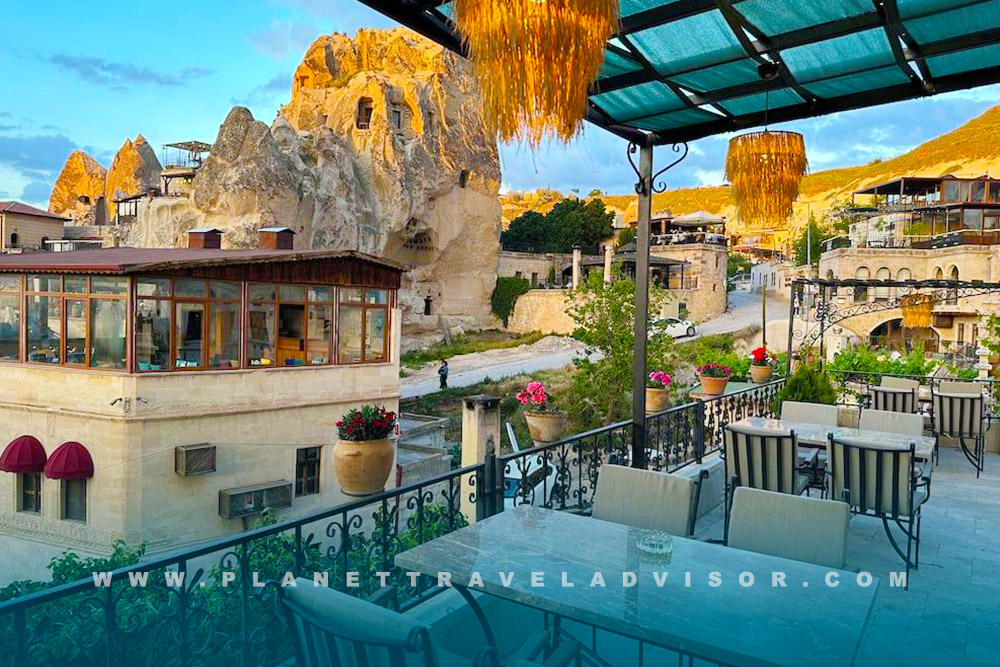
Most travelers base in Göreme, Uçhisar, or Avanos and day‑trip to Cavusin Village by rental car, organized tour, dolmuş (local bus), taxi, or on foot via the valleys. As noted above, Göreme is about 3 km from Cavusin; Avanos is roughly 11 km. If you’re flying in, NAV is closer (≈ 38–40 km to Göreme) than ASR (≈ 70–75 km), but Kayseri often has more flight options, so choose based on schedules and budget. Both airports have private transfers and shuttles to the main towns.
Top Things To Do In And Around Cavusin Village

Explore The Old Rock Village
Wander the lanes, climbing the tough ridge to peek into rooms, stables, and storage spaces carved into the cliff. Expect fenced‑off sections and modern stairs where original access has collapsed; these are part of ongoing safety and preservation efforts. The vantage points above the rock face offer classic views across Red & Rose Valleys.
Visit Two Landmark Churches
Pair St. John the Baptist (early 6th century) with the 10th‑century Nicephorus Phocas Church on the roadside. Even if frescoes are weathered, the architecture and setting tell a vivid story of Cappadocia’s Byzantine period and imperial patronage. Check locally for any temporary closures for conservation.
Hike Into Rose & Red Valleys
From Cavusin Village, footpaths lead directly into rose‑tinted gullies and ridge‑top belvederes. Sunset light is spectacular; bring a torch for the walk back or arrange a pickup. If you prefer a marked route, local hiking resources outline step‑by‑step options.
Detour To Paşabağ (Monks Valley)
A short drive northeast of Cavusin Village lies Paşabağ, famous for multi‑capped fairy chimneys and hermit cells associated with Symeonite practices. It’s often paired with the Zelve Open‑Air Museum and Devrent Valley on day tours.
Watch (Or Ride) The Balloons
If a flight is in your plans, book a sunrise launch during shoulder season for the best mix of weather and views; if not, head to low ridges near Cavusin Village at dawn for photography without the crowds.
When To Visit Cavusin Village
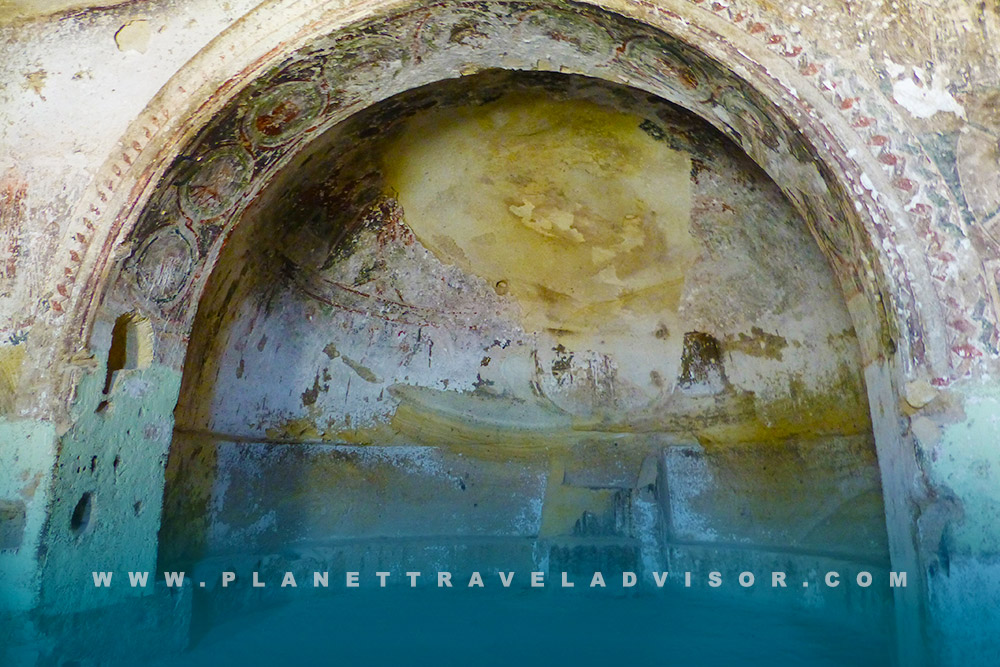
Cappadocia’s climate is continental: hot, dry summers; cold winters; and shoulder seasons with the most pleasant hiking weather. Long‑term climate summaries for nearby Göreme show average July highs around the upper‑80s °F (≈ 30 °C) and January highs around the upper‑30s °F (≈ 3–4 °C), with nights well below freezing in mid‑winter. Autumn is typically crisp and dry, often ideal for hiking and photography.
Best Overall Months: April–June and September–October for comfortable temperatures, stable weather windows for hiking and ballooning, and softer light. In winter, snowfall transforms the valleys into a dreamscape, though trails can be icy; plan accordingly.
Practical Planning: Time, Logistics, And Safety In Cavusin Village
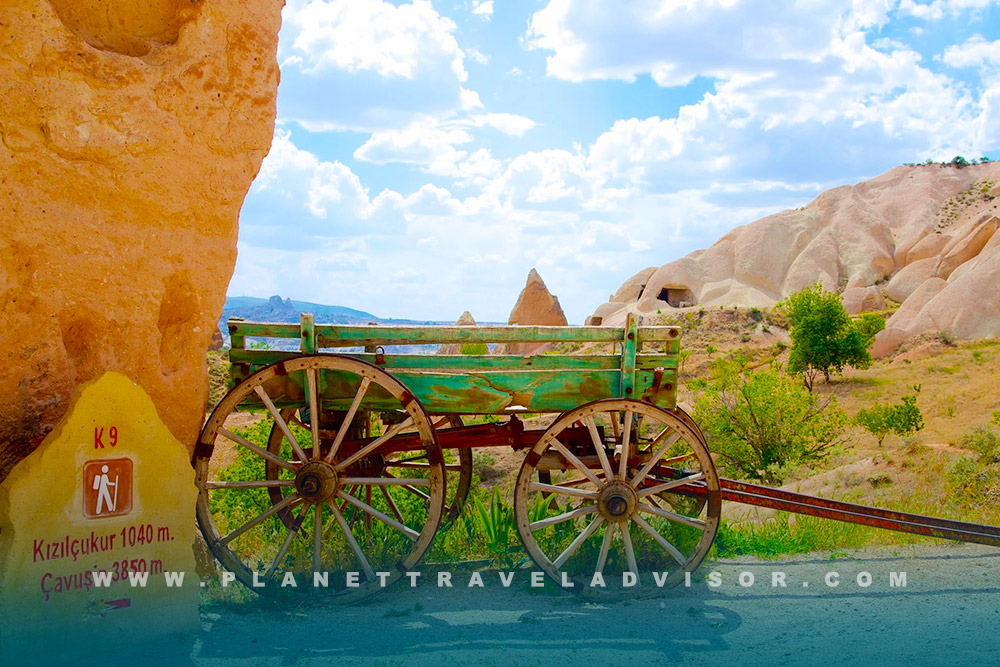
- How Long To Allow: Two to four hours covers the churches and a short walk onto the ridge; a half‑day allows you to add a Rose/Red Valley hike and sunset. If balloon‑watching is the goal, arrive before dawn and linger until the sky clears.
- Footwear and Access: Surfaces are dusty, sometimes crumbly. Wear footwear with traction and watch your footing, especially near edges and inside unlit chambers.
- Respect The Site: Avoid touching or leaning on painted surfaces; many chapels and hermit cells across Cappadocia have fragile frescoes. Follow any roped‑off areas, erosion, and rockfall risk, are the reasons the old village was relocated mid‑20th century.
- Weather Checks: Summer afternoons can be scorching on exposed ridges; winters can be icy. Check the day’s forecast and wind if you’re planning to watch or ride balloons.
Suggested Half‑Day Plan For Cavusin Village
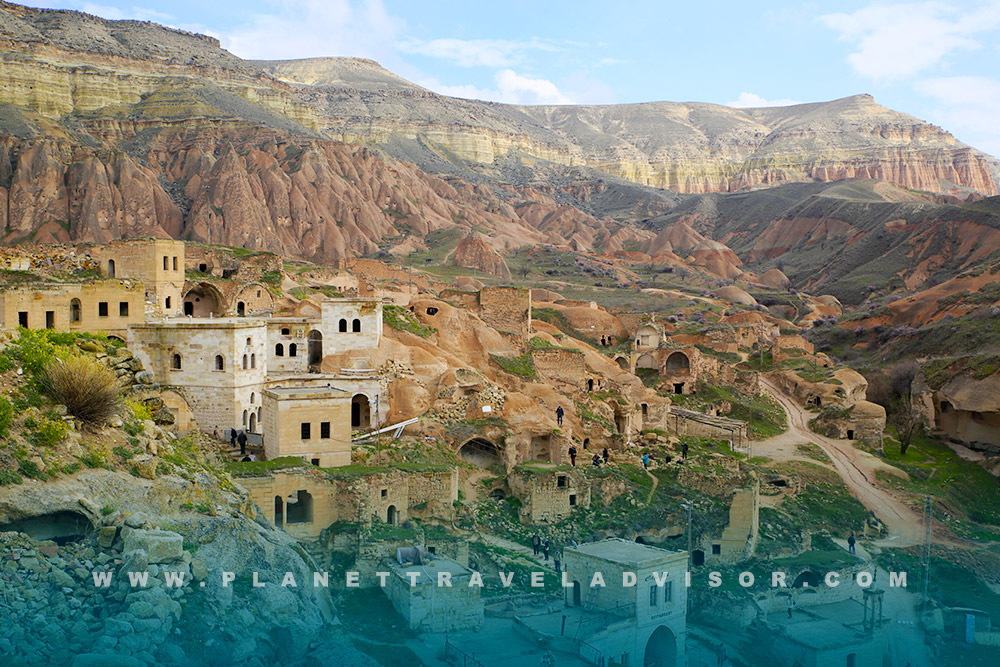
- Early Morning (Optional): Walk to a low ridge south of Cavusin Village to watch balloons at sunrise. Bring a thermos and a tripod.
- Morning: Visit St. John the Baptist Church, then meander through the old rock village up to the “castle” for sweeping views.
- Lunch: Return to the main road cafés or picnic on the valley edge (pack out all trash).
- Afternoon: Hike into Rose & Red Valleys for sculpted cliffs and soft light; time your return for sunset viewpoints above the village.
Final Thoughts On Cavusin Village
If Göreme is Cappadocia’s bustling “capital,” Cavusin Village is its quietly eloquent neighbor: a place where early Christian architecture, a mid‑century story of relocation, and today’s slow‑travel pleasures meet on a single ridge of golden tuff. Make time for its two signature churches, give yourself a few unhurried hours to wander the abandoned rock streets, and let the Red and Rose Valleys pull you naturally onto their trails. At first light, when balloons float past and the cliffs glow rose, you’ll understand why Cavusin Village has become a favorite stop for travelers who want Cappadocia at its most atmospheric.
Ready to experience the magic of Turkey for yourself? Our expertly crafted Turkey tours take you from the bustling streets of Istanbul to the surreal landscapes of Cappadocia, the ancient ruins of Ephesus, and the turquoise coastlines of Antalya, all with professional guides and seamless planning. Don’t just read about it, make it your reality. Book your Turkey tour today and start your journey of a lifetime!

